Vietnam has become a top destination for travelers drawn to its rich cultural heritage, stunning landscapes, and lively cities. Amidst the adventure, relaxation is essential. Vietnamese massage, with its unique techniques and therapeutic benefits, offers more than just relaxation-it's a deep dive into traditional wellness. In this article, let Frontier Travel Vietnam guide you through the essentials of Vietnamese massage.
.png)
What is Vietnamese Massage?
The Vietnamese style of massage, deeply rooted in Chinese traditions, focuses on alleviating muscle knots through firm kneading techniques. Unlike the more familiar Thai massages, which emphasize stretching, Vietnamese massages involve minimal movement. Instead, they concentrate on deep tissue work to de-stress the body, with therapists adjusting pressure as needed to target specific areas of tension.
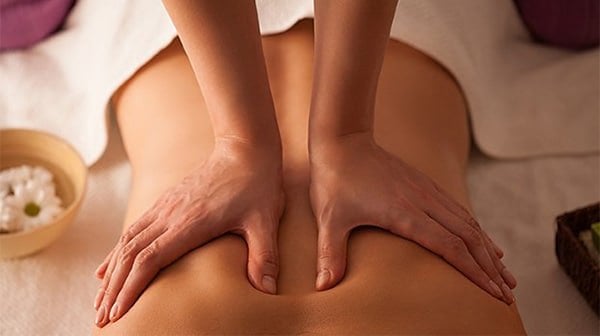
Key Benefits of Vietnamese Massage
Relief from muscle tension and soreness: Vietnamese massages are particularly effective for relieving muscle tension and soreness, common complaints among travelers. Whether you've endured long flights or spent days exploring vibrant city streets, these massages use deep tissue techniques and traditional manipulations to release knots and ease stiffness. This not only alleviates pain but also enhances flexibility and movement, making your travel experience more comfortable and enjoyable.
Improved circulation and blood flow: Another significant advantage of Vietnamese massage is the improvement in circulation and blood flow. Travel often involves prolonged periods of inactivity, leading to fatigue and sluggishness. The massage techniques stimulate the circulatory system, enhancing blood flow throughout the body. This increased circulation delivers more oxygen and nutrients to tissues, aiding in recovery and revitalization. For travelers, this means a boost in energy levels and a reduction in jet lag, allowing you to explore with renewed vigor.
Stress reduction and relaxation: Traveling can be exciting yet stressful, with planning, scheduling, and navigating unfamiliar environments. The serene setting of a Vietnamese massage parlor, combined with the skilled hands of the masseuse, significantly reduces stress levels. The rhythmic pressure and calming environment encourage deep relaxation, helping to soothe the mind and reduce anxiety. This mental clarity and peace contribute to a more enjoyable travel experience, allowing you to fully immerse yourself in the beauty and culture of Vietnam.
Improved sleep quality: Lastly, Vietnamese massages have a profound effect on sleep quality. The relaxation achieved during the massage extends into the night, promoting deeper and more restful sleep. This is especially beneficial for travelers adjusting to new time zones or struggling with unfamiliar sleeping arrangements. Improved sleep enhances cognitive function, mood, and overall health, making every day of your travel more enjoyable and productive.
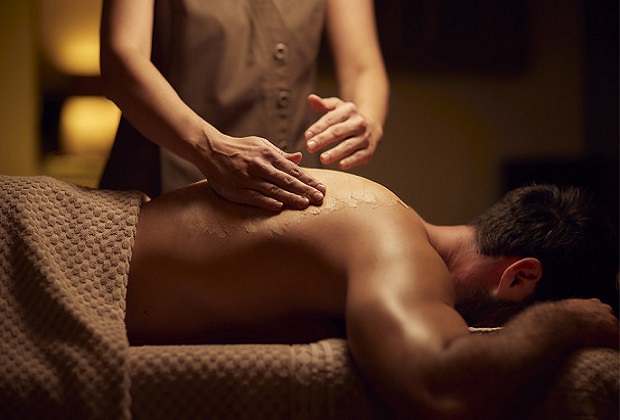
What is the difference between Vietnamese and Thai massage?
The key differences between Thai and Vietnamese massage lie in the techniques used.
Thai Massage
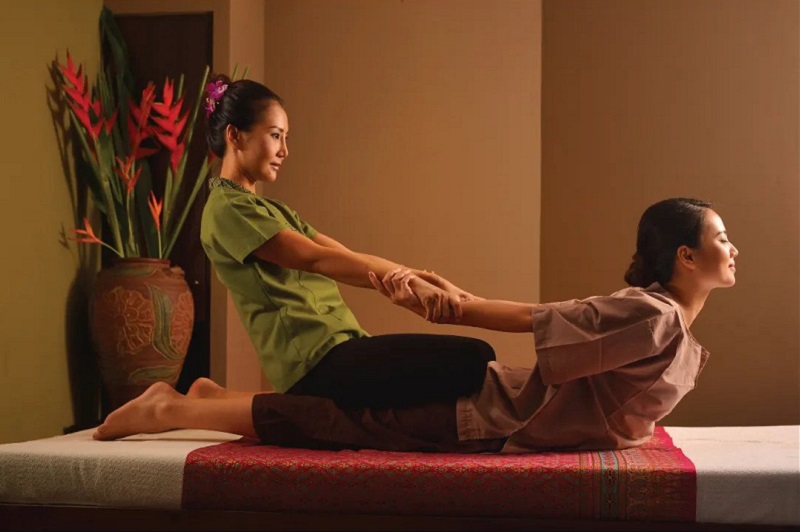
Thai massage focuses on various movements and yoga-like stretches. Often, the masseuse will stand on your back, using their feet to apply additional pressure. This type of massage is typically performed on a mat on the floor, rather than a table. Safety handrails hanging from the ceiling or walls allow the masseuse to optimize their weight distribution.
Thai massage is highly interactive, involving active participation from the recipient, including sitting up, bending knees, or arching the back. It targets joints and muscles, aiding in stretching and flexibility.
Vietnamese Massage
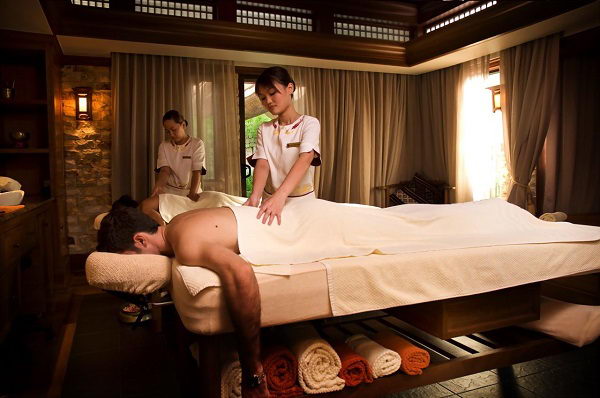
In contrast, a Vietnamese massage is performed on a massage table and resembles a deep tissue massage. It combines techniques such as rubbing, squeezing, clawing, pressing, chopping, and tapping to exert pressure and release muscle tension. This method provides effective pain relief therapy, helping you relax, re-energize, and rejuvenate. Unlike Thai massage, Vietnamese massage requires minimal effort from the recipient. Simply lay on the table and enjoy the treatment. This massage targets deep tissue and pressure points, focusing on alleviating pain and stiffness.
What to expect at a Vietnamese massage?
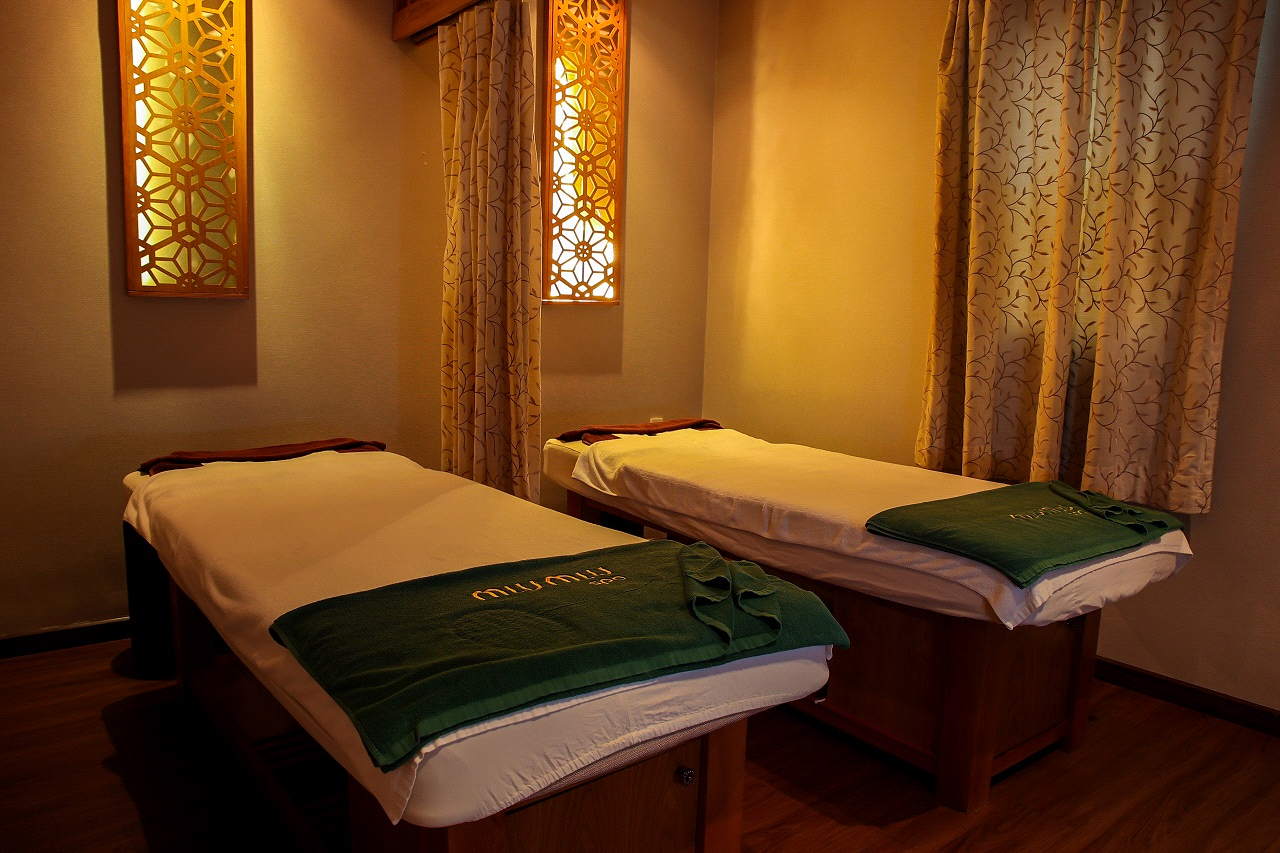
Reservation: When scheduling your Vietnamese massage, it's advisable to make reservations in advance to secure your preferred time slot. However, many spas also accommodate walk-in clients, although you may experience a short wait during peak hours. Upon your arrival at the spa, you'll be provided with slippers to wear for both hygiene and comfort.
Preparation: Before your massage session begins, you'll be directed to change into the clothing or robes provided by the spa. These garments ensure your comfort during the massage and maintain modesty throughout the session.
During the massage: You may have the option to incorporate oil or hot stone therapy into your treatment. If you choose these additional therapies, you'll be asked to undress to your comfort level, typically leaving your underwear on. Your massage therapist will drape towels over your body to ensure both modesty and warmth. If you opt to use the sauna facilities, be sure to utilize the spa's towels and be mindful of other patrons sharing the space.
Personal belongings: To safeguard your personal belongings, lockers are typically provided by the spa. It's advisable to leave any valuables at home or securely stored during your session to avoid any potential loss or damage.
Communication: Communication with your massage therapist is essential to ensure a personalized and enjoyable experience. Feel free to share any preferences or concerns you may have, such as areas of tension or desired pressure levels.
Duration: Vietnamese massage sessions typically last between 60 to 90 minutes, providing ample time for relaxation and rejuvenation. Take advantage of this time to unwind and indulge in the therapeutic benefits of this traditional wellness practice.
Vietnamese Massage Techniques
Vietnamese massage offers a diverse range of techniques that have been honed from generation to generation, blending traditional practices with modern innovations. These techniques are tailored to address various needs, from relaxation to therapeutic healing.
Acupressure massage
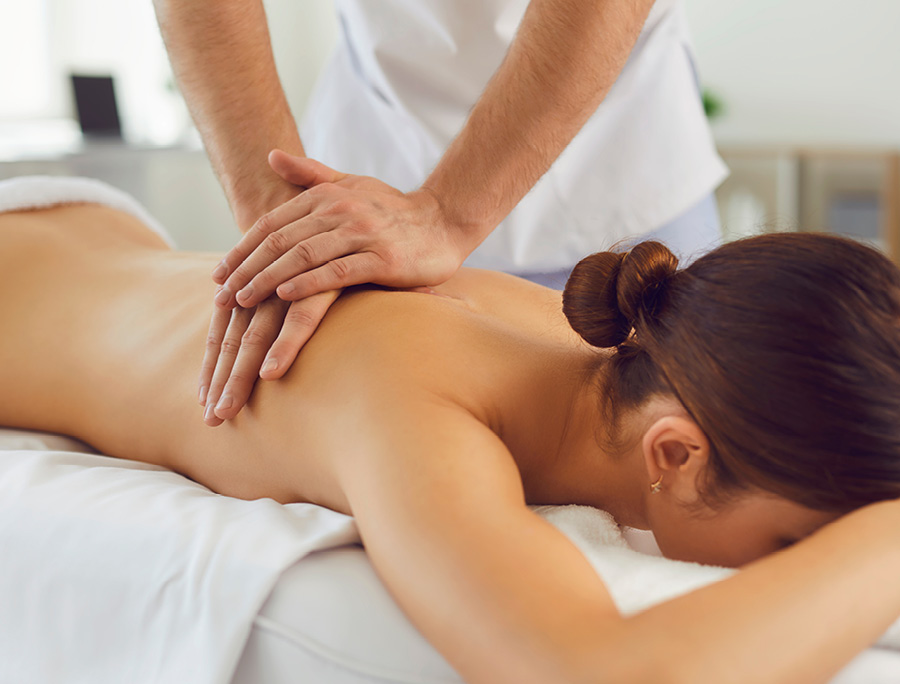
Acupressure massage is a special therapeutic practice found in Vietnamese spa massage, deeply rooted in traditional Eastern medicine. This method entails applying targeted pressure to specific acupoints on the body, aiming to stimulate and balance the body’s energy flow. According to traditional beliefs, these acupoints act as pathways for vital energy, and manipulating them helps regulate this flow throughout the body.
During an acupressure body massage in Vietnam, skilled therapists use their fingers, palms, knuckles, and elbows to apply pressure to these acupoints. The goal is to alleviate pain, reduce tension, improve blood circulation, and support the treatment of various ailments. This holistic approach offers both physical and mental benefits, promoting overall well-being and relaxation.
Cupping massage
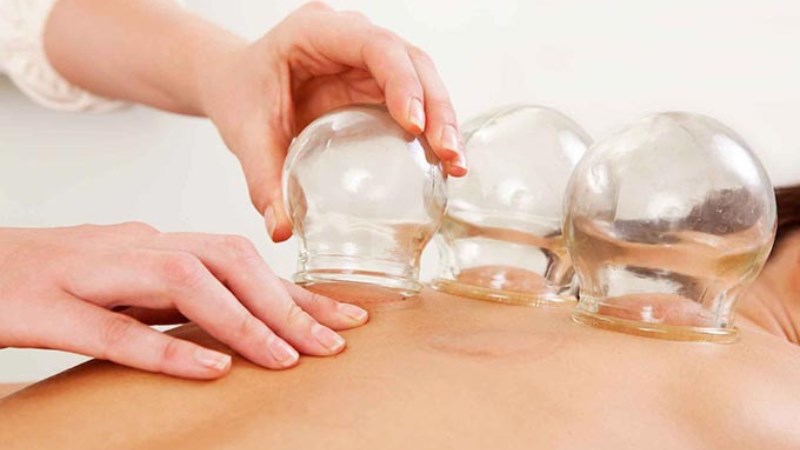
Cupping therapy is an ancient alternative medicine practice where a therapist places special cups on your skin for a few minutes to create suction. People use it for various purposes, including pain relief, reducing inflammation, improving blood flow, promoting relaxation and well-being, and as a form of deep-tissue massage.
Hot stone massage

Hot stone massage is a centuries-old therapeutic technique that adds an extra dimension to the Vietnamese massage experience. This method utilizes heated stones to massage different areas of the body, such as the back, neck, abdomen, legs, and arms. The warmth from the stones serves to stimulate blood circulation, enhance joint fluid circulation, relax muscles, and alleviate pain. Basalt stones, renowned for their exceptional heat retention and durability, are commonly employed in Vietnamese hot stone massages. Before the massage begins, these stones are heated in water baths to achieve the optimal temperature for relaxation and rejuvenation.
What is the cost of a full body massage in Vietnam?
When indulging in a full-body massage in Vietnam, you can anticipate paying approximately 500,000 VND to 1,500,000 VND (roughly $20 to $65) for a one-hour session. However, it's important to note that the cost may vary based on factors such as the location and reputation of the massage center.
Do you tip in Vietnamese massage?
Tipping practices in Vietnamese massage establishments can vary. In some places, tipping may not be expected or customary, especially in smaller or local massage parlors. However, in larger spas or upscale establishments catering to tourists, tipping may be more common.
If you receive exceptional service and wish to show appreciation, you can consider leaving a tip. It's generally appreciated but not always expected. If you do decide to tip, you can leave around 5-10% of the total bill as a guideline, or adjust based on your satisfaction with the service provided.
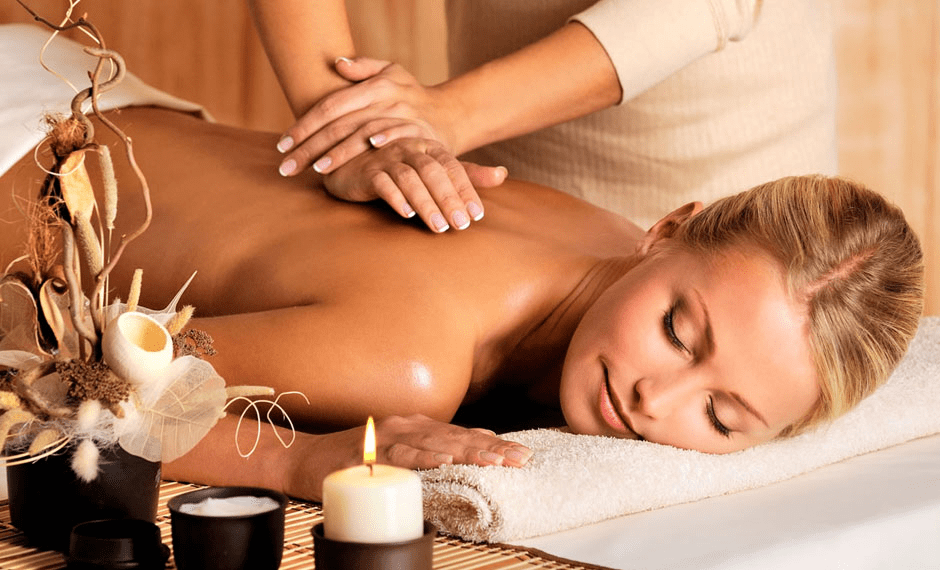
Vietnamese massage, with its deep tissue techniques and unique therapies like acupressure and hot stones, offers profound relaxation and therapeutic benefits. Perfect for relieving muscle tension and stress, it enhances your travel experience in Vietnam. We hope this guide from Frontier Travel Vietnam will help you choose the ideal massage when you arrive in Vietnam.






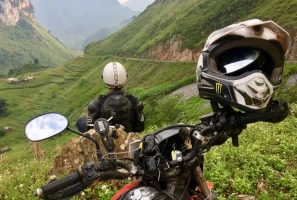
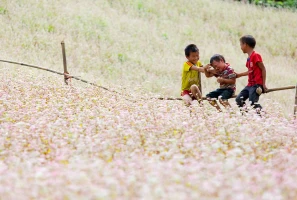

.png)